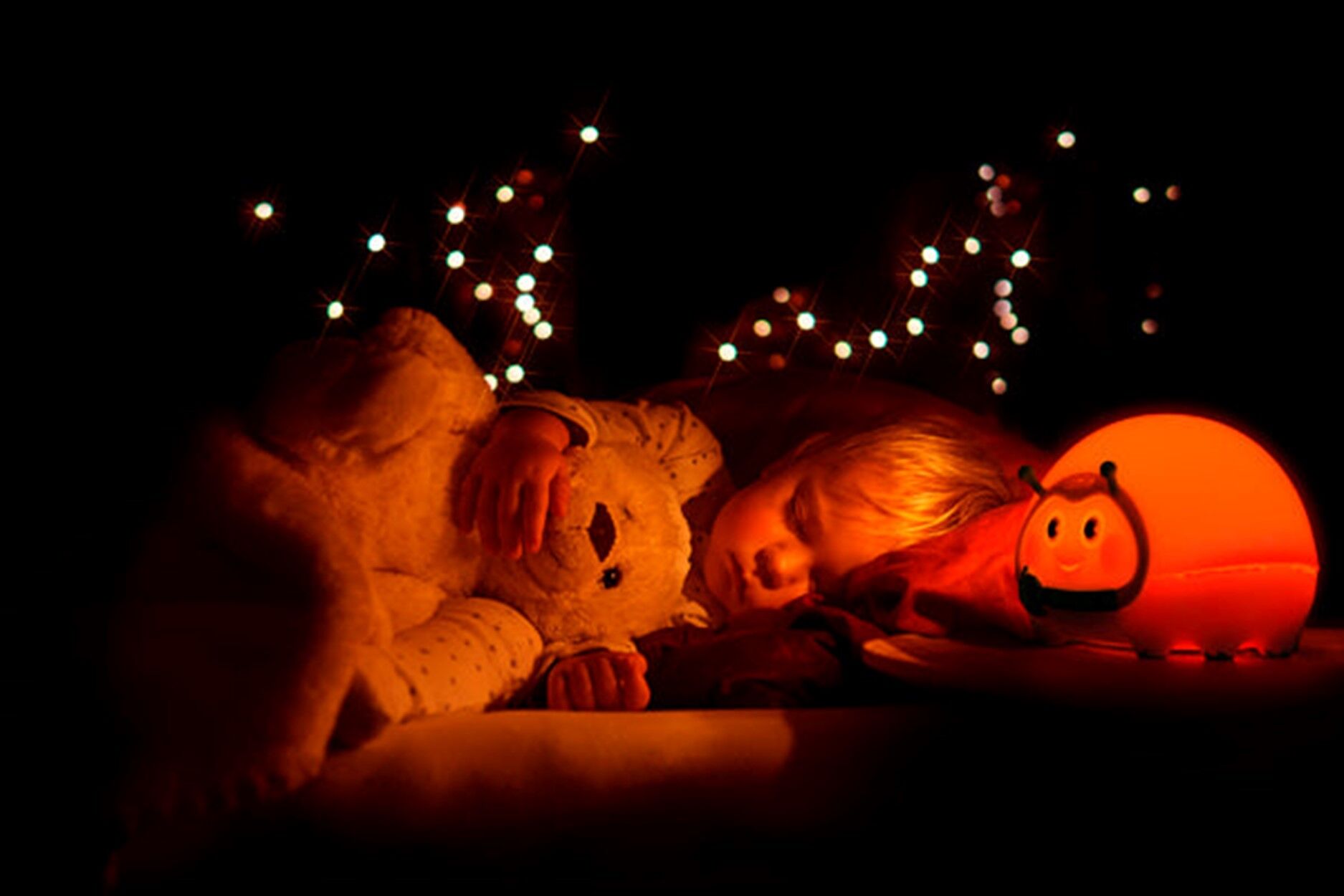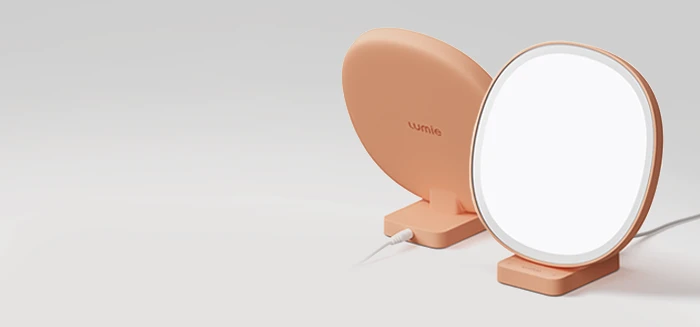New Research Findings Support the Need for a Non-Alerting Light like Lumie Bedbug for Children at Bedtime

Researchers from the University of Colorado in the USA measured melatonin levels in a group of 10 children aged 3-5. The children followed a regular sleep schedule for five days. On the sixth day the children spent the day in a dim light environment and researchers measured the resulting melatonin levels. On day seven, an hour before bedtime, the pre-schoolers were exposed to bright light for an hour before having their melatonin levels measured; bright light exposure suppressed melatonin by almost 90 percent, and even 50 minutes after the light was gone, most of the children were still not back to 50 percent of the melatonin levels seen the day before.
While previous research has shown that our body clock is very sensitive to bright light exposure, this was the first time the effect was studied in pre-school children. It seems young children are more sensitive than adults to light exposure as their lenses are a lot clearer and their pupils larger, which combine to allow more light to hit the retina and therefore create a stronger signal to the body clock. The research group is now preparing to build on this initial experiment with a longer, larger study, looking at different light intensities and how they affect children’s body clocks.
This early research supports the key premise for Lumie Bedbug, a sleep aid for children 0-6 years old; unlike other nursery lights on the market, it uses low-blue light LEDs. It is the ‘blue’ part of the light spectrum that is alerting because it stimulates our brains to produce get-up-and-go hormones like cortisol and suppresses the sleep hormone melatonin. By significantly reducing the blue component of the light it emits, Bedbug helps to create a calm environment that will help your child to feel sleepy and have a good night’s sleep.
Bedbug is a 3-in-1 sleep aid that combines a reading light with a sunset feature and nightlight. The fully adjustable low-blue light allows for a level of brightness that’s comfortable to read by without stimulating your child. The 15-minute sunset is perfect for then creating a gradual transition to night that can either fade to off or to a reassuring orange (not red which some children find scary) nightlight which has two light intensity options. The light control is smooth and silent so you can easily check on your child without disturbing them.
Lumie designed Bedbug at its Cambridge-based headquarters based on scientific research¹ ² and in consultation with children’s sleep expert, Sarah Ockwell-Smith.
References:
* Physiological Reports 2018 Mar;6(5) Lumie contributed $500 to the study. 1 J.Pineal Res. 2012 Aug;53(1):47-59. 2 Biol Psychiatry. 1989 Apr 1;25(7):966-70.




